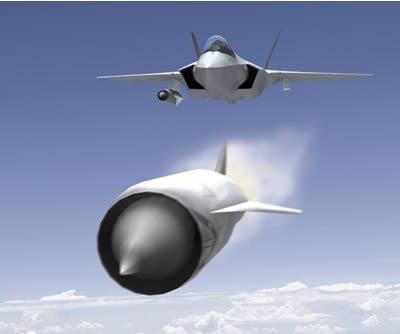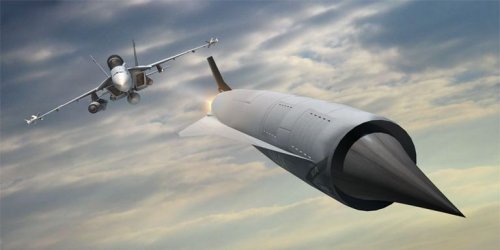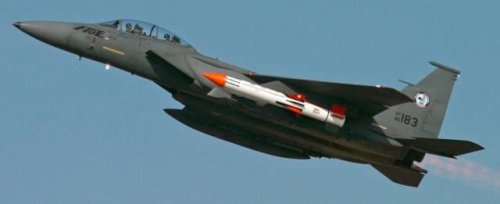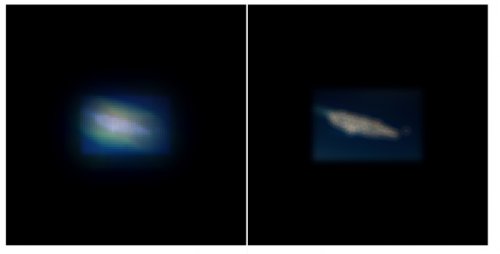6/1/2015 - ARNOLD AIR FORCE BASE, TENN. -- Store separation testing of the Long Range Anti-Ship Missile for the F/A-18E/F Super Hornet was recently conducted in the 16-foot transonic wind tunnel (16T) at the Arnold Engineering Development Complex here.
The LRASM is a long-range subsonic cruise missile designed for better range and survivability than current anti-ship weaponry. It is carried with the wings and tail stowed and then deployed once released from the aircraft. This missile development program is a joint effort of the Defense Advanced Research Projects Agency, Naval Air Systems Command and the United States Air Force.
Dr. Richard Roberts, AEDC test manager for the Propulsion Wind Tunnel Facility, said engineers assisted NAVAIR in characterizing both the separation and carriage loads of the LRASM on the F/A-18E/F.
"The release of this missile is a coordinated effort taking into account the aircraft flow field, wing and tail deployments, as well as deployment timing," he said. "The goal is to determine the appropriate aircraft load out, wing and tail deployment timing, and flight conditions in order to obtain a safe and controllable release or jettison."
According to Roberts, the 16T Captive Trajectory Support system was used to collect aerodynamic loads on the missile.
"We combined these loads with ejector properties, missile mass properties, other initial conditions and aerodynamic corrections in order to simulate the actual trajectory of the missile," he said. "In the tunnels we do this in three steps. First we collect the free stream data, which is simply the aerodynamics of the missile outside of the aircraft flow field. Second, we calculate the trajectory, or path, of the missile as it leaves the pylon. Third, based on the trajectory, we collect grid data which compares the missile free stream aerodynamics to the missile aerodynamics seen in the aircraft flow field in order to determine the effect of the aircraft flow field on the missile behavior."
The second installation of the test article measured loads on the missile while it was still attached to the aircraft.
"This part of the test ensured that the loads on the missile over the intended flight regime do not exceed its structural limits," Roberts said. "This is accomplished by mounting the missile to the aircraft through a balance that uses strain gages to measure the forces and moments encountered as the aircraft is moved through certain test conditions."
These particular tests were a collaboration between AEDC test teams and NAVAIR, Boeing and Lockheed Martin.
Roberts mentioned that the test was similar to past tests, as the separation and loads of many types of missiles, bombs, pods, fuel tanks and other stores from this aircraft have also undergone testing at AEDC.
"NAVAIR has been a major partner in our wind tunnel testing mission for many years and continues to be."
The Super Hornet sports a total of 11 weapon stations. Its single-seat 'E' model and two-seat 'F' model perform a variety of missions that include fighter escort, close air support, enemy air defense suppression, day and night strikes with precision-guided weapons, and tanker.








